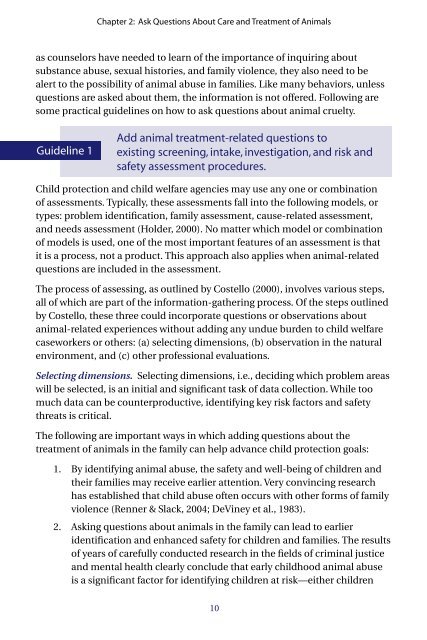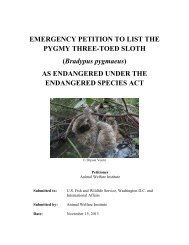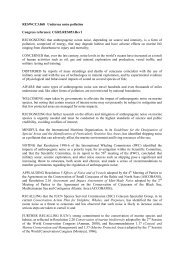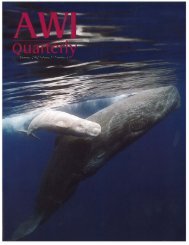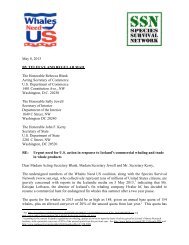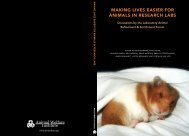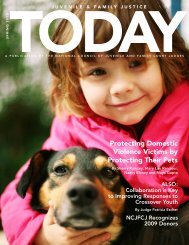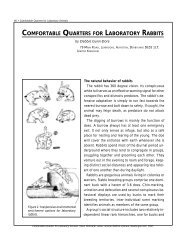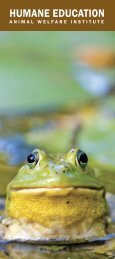A Common Bond - The National Link Coalition
A Common Bond - The National Link Coalition
A Common Bond - The National Link Coalition
- No tags were found...
Create successful ePaper yourself
Turn your PDF publications into a flip-book with our unique Google optimized e-Paper software.
Chapter 2: Ask Questions About Care and Treatment of Animalsas counselors have needed to learn of the importance of inquiring aboutsubstance abuse, sexual histories, and family violence, they also need to bealert to the possibility of animal abuse in families. Like many behaviors, unlessquestions are asked about them, the information is not offered. Following aresome practical guidelines on how to ask questions about animal cruelty.Guideline 1Add animal treatment-related questions toexisting screening, intake, investigation, and risk andsafety assessment procedures.Child protection and child welfare agencies may use any one or combinationof assessments. Typically, these assessments fall into the following models, ortypes: problem identification, family assessment, cause-related assessment,and needs assessment (Holder, 2000). No matter which model or combinationof models is used, one of the most important features of an assessment is thatit is a process, not a product. This approach also applies when animal-relatedquestions are included in the assessment.<strong>The</strong> process of assessing, as outlined by Costello (2000), involves various steps,all of which are part of the information-gathering process. Of the steps outlinedby Costello, these three could incorporate questions or observations aboutanimal-related experiences without adding any undue burden to child welfarecaseworkers or others: (a) selecting dimensions, (b) observation in the naturalenvironment, and (c) other professional evaluations.Selecting dimensions. Selecting dimensions, i.e., deciding which problem areaswill be selected, is an initial and significant task of data collection. While toomuch data can be counterproductive, identifying key risk factors and safetythreats is critical.<strong>The</strong> following are important ways in which adding questions about thetreatment of animals in the family can help advance child protection goals:1. By identifying animal abuse, the safety and well-being of children andtheir families may receive earlier attention. Very convincing researchhas established that child abuse often occurs with other forms of familyviolence (Renner & Slack, 2004; DeViney et al., 1983).2. Asking questions about animals in the family can lead to earlieridentification and enhanced safety for children and families. <strong>The</strong> resultsof years of carefully conducted research in the fields of criminal justiceand mental health clearly conclude that early childhood animal abuseis a significant factor for identifying children at risk—either children10


